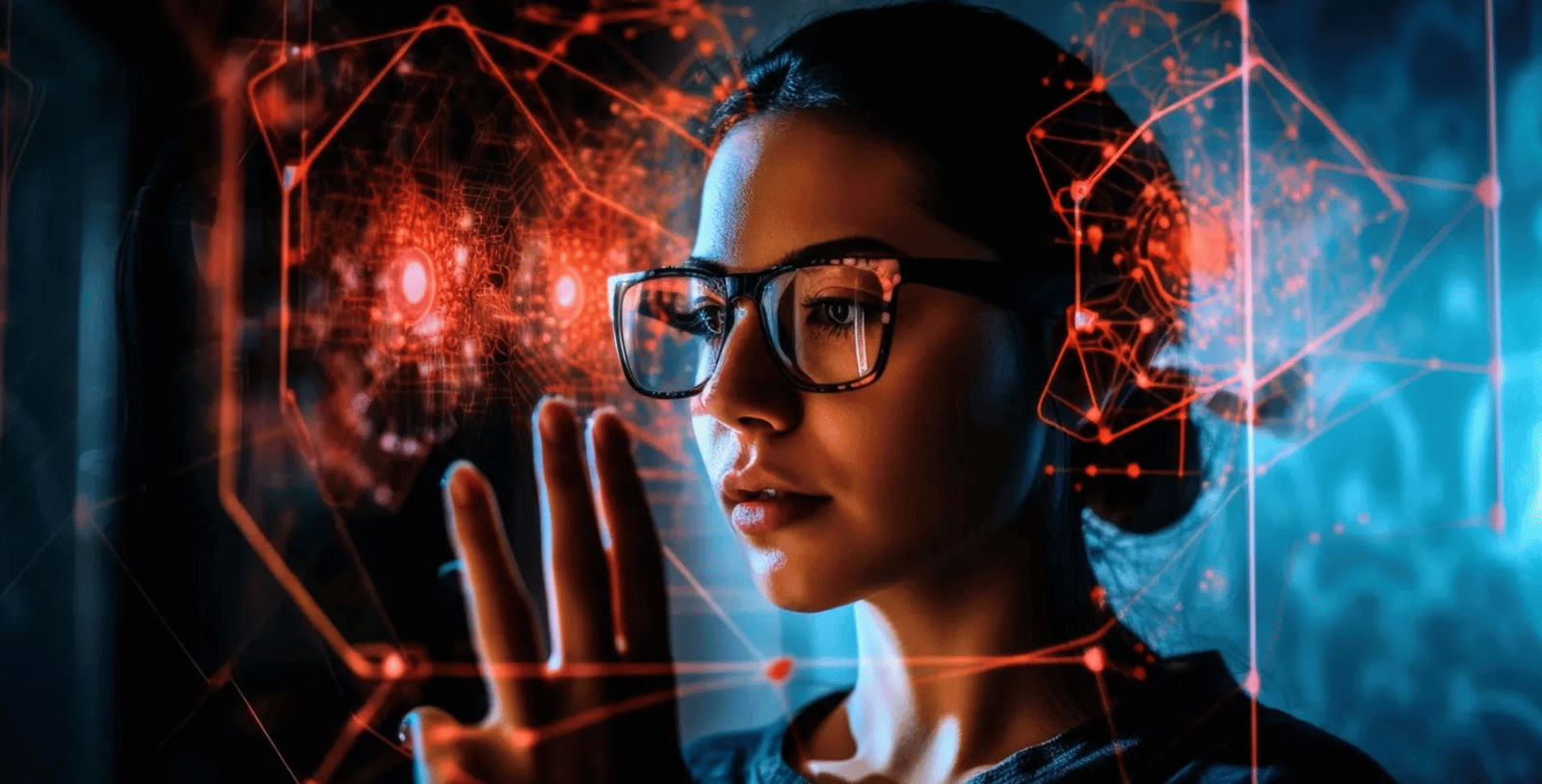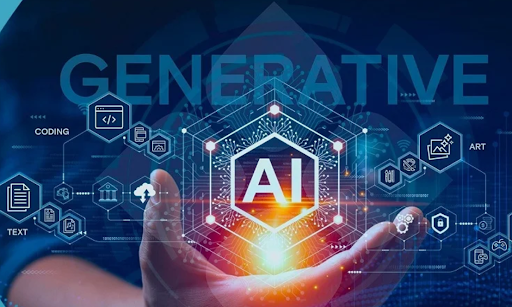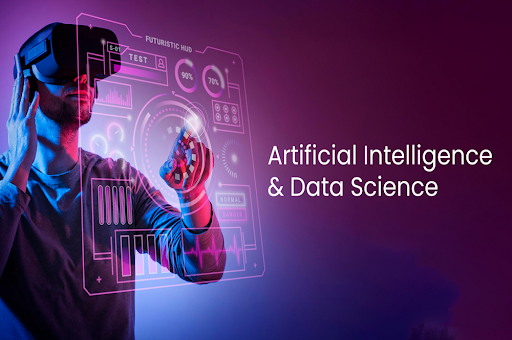Debunking Generative AI Myths
Posted on on August 29, 2024 | by XLNC Team

The fast growth in artificial intelligence (AI) has made an impact unlike any other we have seen so far. It is a landmark shift in technology and its adoption. An especially promising frontier within AI research is generative AI. Simply put, generative AI systems, like GANs (Generative Adversarial Networks) and other generative models, are designed and trained to generate different kinds of data in the form of images, texts, music, or even entirely new concepts. Basically, anything the user wishes to create, generative AI can learn to do it. The technology can assist in content creation, healthcare, art, and design rapidly and more efficiently. With its massive potential come unique challenges and also myths and misconceptions. The potential and versatility of generative AI have not only made it the most discussed but also created fear in the minds of users, especially creative thinkers, designers, and artists. There is a fear that AI is and will rapidly take over their domains and they would be at a loss in jobs, creativity, and the like. The use of AI in schools may also hamper learning as is another myth. In this article, we aim to debunk some of these myths and try to paint a clearer picture of what are the capabilities of generative AI, and what it can and cannot do.
Myth 1: Generative AI Can Think Creatively Like Humans
Reality: Although Generative AI can generate new outputs, it doesn't have the creative potential like human beings. Unlike a human who can think creatively without training and come up with genius ideas, the outputs of Generative AI can only generate outputs based on patterns it has recognized from the data it has been taught. It cannot and does not "think" or "imagine" like humans. It operates using algorithms, taking input data and processing it based on its training to produce new outputs.
Myth 2: Generative AI Understands Content Deeply
Reality: While a generative AI can produce coherent and contextually accurate content, it doesn't "understand" it in the way humans do. For example, when it generates a poem or piece of art, the AI doesn't understand the emotional depths or nuances; it's simply copying patterns it has seen during its training phase. Generative AI models, such as Generative Adversarial Networks (GANs) and models like OpenAI's GPT series, are trained to identify patterns in vast amounts of data they train on. They "learn" by adjusting their internal parameters to predict the next piece of data, given a sequence. Over countless iterations, they become efficient at mimicking the structure, style, and content of their training data.
Myth 3: The Outputs from Generative AI are Entirely Original
Reality: The outputs from generative models combine elements in novel ways and patterns, but such outputs are based on data which already exists. They cannot create data on their own like humans can. For instance, if a generative model produces a new piece of artwork, it's not thought about but has successfully mixed and morphed thousands or millions of artworks from existing data and come up with such a unique output. It doesn't and cannot create something entirely from scratch.
Myth 4: Generative AI Will Replace All Creative Jobs
Reality: While generative AI can assist in creative tasks and even automate some of them, it cannot replace humans who have the biggest advantage of intuition, emotion, and unique perspective. Rather than viewing AI as a replacement to the human mind, it might be more accurate to see it as an augmentative tool. Besides, relying too much on AI tools might lead to similar-looking outputs that have no individuality. The complexities and intricacies of creative thought and ideas remain a deeply human endeavor. AI can be a great tool to help humans in the creative process, making it efficient and even enhancing their capabilities, but it's unlikely to fully replace human creativity.
Myth 5: Generative AI is Infallible
Reality: One of the most intriguing myths surrounding generative AI is its perceived infallibility. As AI systems can produce astonishing pieces of art, compose music, or even draft coherent texts, it's not surprising that they are viewed as perfect machines, lacking errors. However, the reality is quite different. Generative models can produce errors or generate content that makes no sense at all. They can also unintentionally reproduce biases present in their training data, leading to outputs that may be politically incorrect, offensive, or misleading.
Myth 6: Generative AI Requires No Human Intervention
Reality: Generative models are only as good as the data they're trained on. Curating this data, refining the models, and providing the right prompts often require significant human oversight. Furthermore, outputs from generative AI often benefit from human filtering or editing to ensure quality and relevance.
Myth 7: Generative AI Understands Morality and Ethics
Reality: AI operates based on data and algorithms, without any inherent sense of morality or ethics. Generative AI can produce discussions on moral topics or echo ethical viewpoints because it has encountered similar data during its training. It is simply imitating patterns it has identified as relevant to specific prompts. Understanding values and morals involves personal judgment, introspection, cultural sensibilities as well as empathy or conscience. It's not just about knowing what's right or wrong but also grasping the 'why' and the emotional and societal ramifications. If a generative model produces content that is deemed unethical or immoral, it's because of biases in its training data, not because the AI "chose" to be unethical.
Myth 8: Generative AI Can be Easily Controlled
Reality: : Due to the sheer number of parameters and interactions, the behavior of the model can be intricate and hard to predict, especially with new inputs. While we can see the outputs of AI, understanding the exact internal reasoning for a specific output remains a challenge, also known as the "black box" problem in AI. There may be ways to guide the outputs of generative models (such as by tweaking the model or refining the input prompts), but it is just never possible to predict the exact outcome. Also, as models become more complex, the unpredictability of their outputs may increase. Therefore, It's crucial to recognize the strengths and limitations of generative AI and use it with caution, and iterative refinement, so as to make the most of its vast potential.
In Conclusion
Generative AI offers immense potential in so many different domains, from art and design to medicine and beyond. However, understanding its capabilities and limitations is crucial for responsible use. By debunking myths surrounding generative AI, we can approach it with a clearer perspective, harnessing its strengths while being wary of its limitations.
Embracing AI doesn't mean overlooking the human elements of creativity, ethics, and intuition. Instead, the most promising path forward might be in the synergy of humans and machines, where each complements the strengths of the other. As we continue to refine and develop AI technologies, a balanced understanding will be our best guide to a brighter future.
Search
Latest Blogs
-
 Certified Ethical Hacker (CEH) Online Training Advance Your Cybersecurity Skills
Certified Ethical Hacker (CEH) Online Training Advance Your Cybersecurity Skills
-
 Which Scrum Master certification ASM, PSM or CSM
Which Scrum Master certification ASM, PSM or CSM
-
 Is Getting a Six Sigma Black Belt Worth It Pros ,Cons and Career Impact
Is Getting a Six Sigma Black Belt Worth It Pros ,Cons and Career Impact
-
 Generative AI Course 2025 for Software Developers and Engineers
Generative AI Course 2025 for Software Developers and Engineers
-
 Top Black Belt Certifications and Training for Quality Managers to Drive Organizational Excellence
Top Black Belt Certifications and Training for Quality Managers to Drive Organizational Excellence
-
 Data Science Syllabus and Subjects: What You Should Know Before Choosing a Course
Data Science Syllabus and Subjects: What You Should Know Before Choosing a Course
-
 What is the difference between ITIL and Scrum certifications
What is the difference between ITIL and Scrum certifications
-
 Six Sigma certification: The six-level path to Master Black Belt
Six Sigma certification: The six-level path to Master Black Belt


